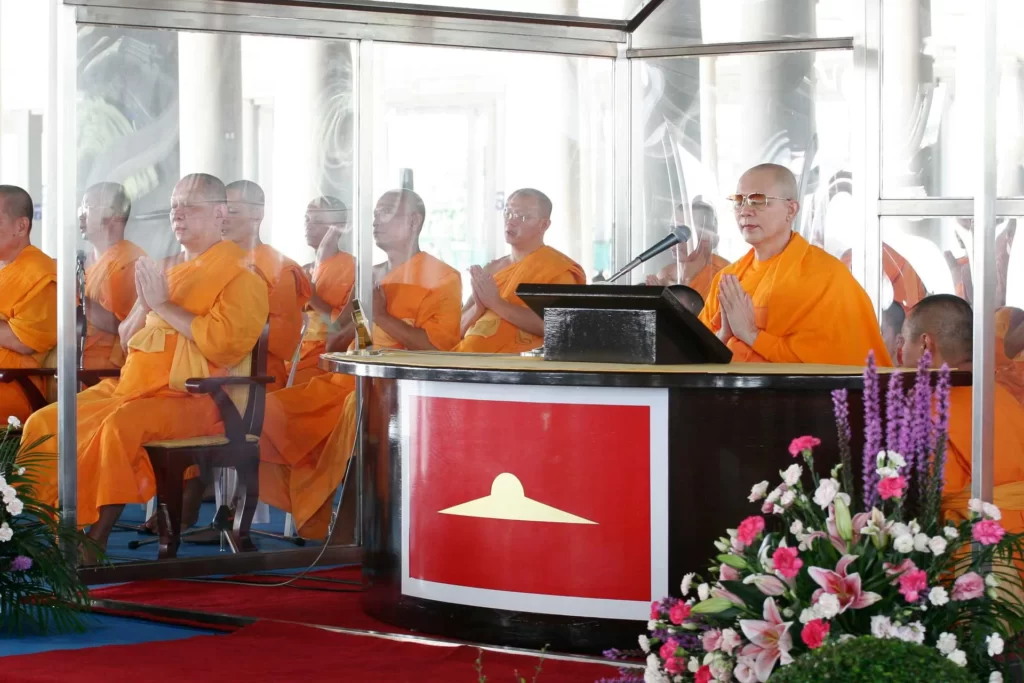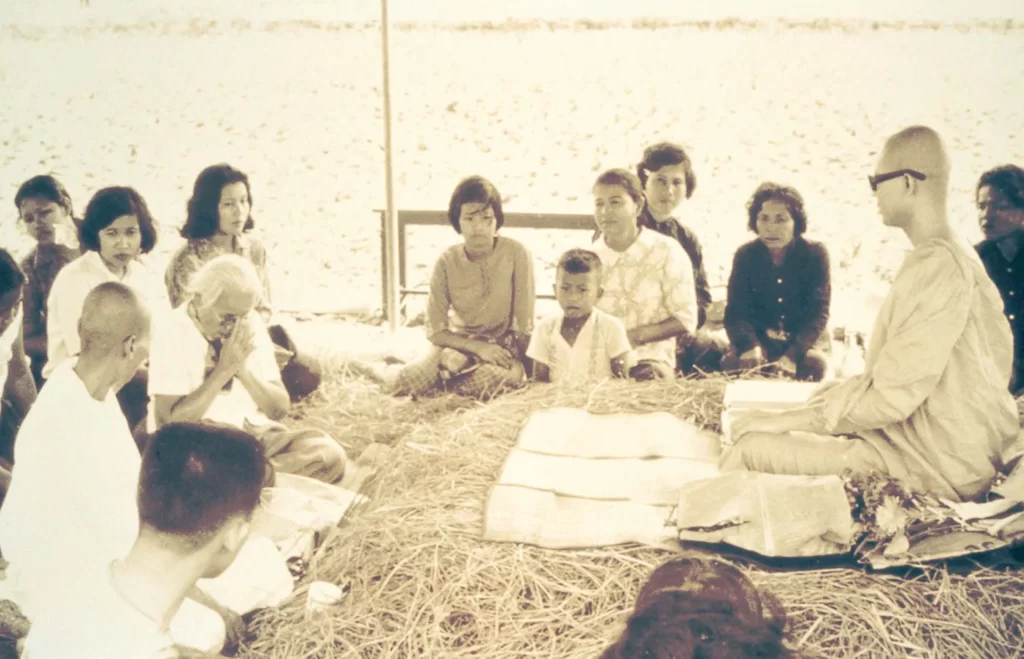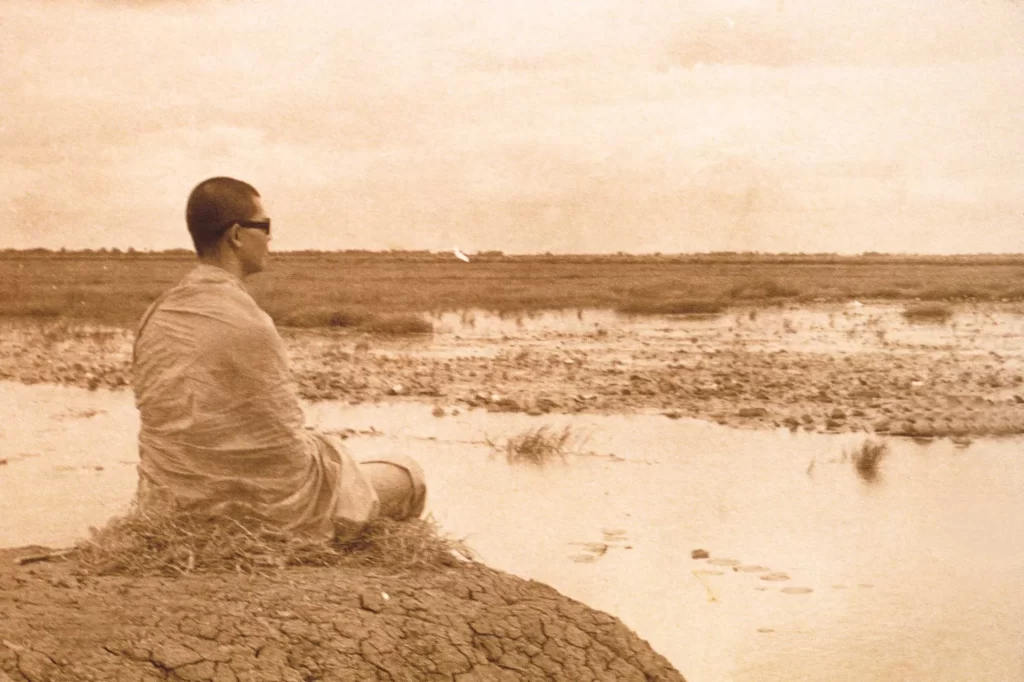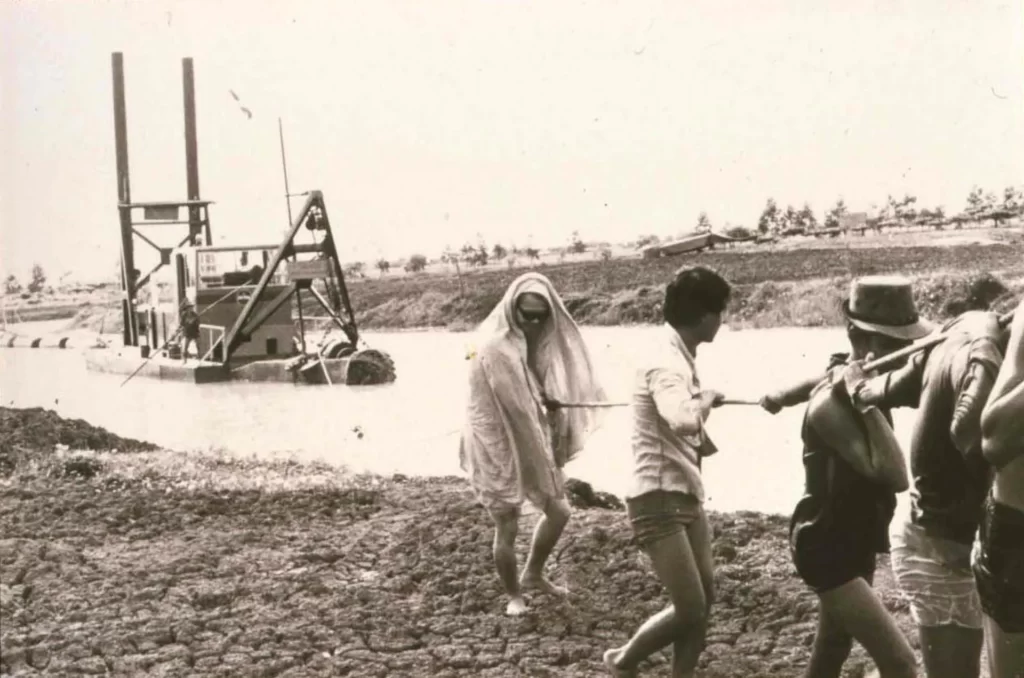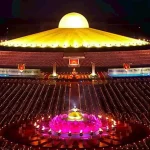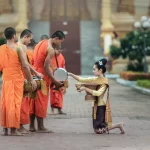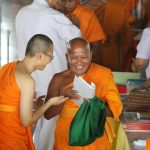Luang Por Dhammajayo
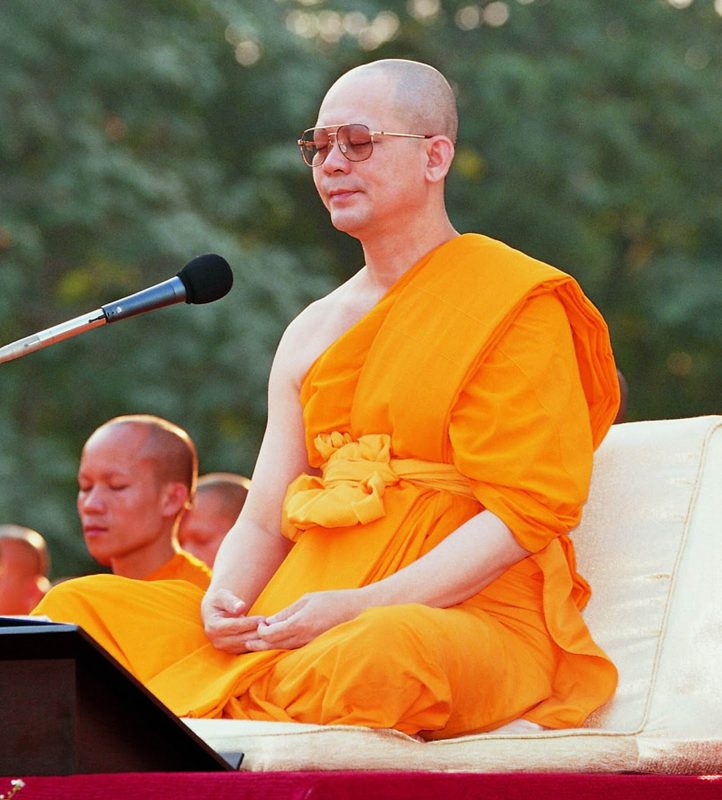
I seek to pursue Perfections by instilling goodness in the hearts and minds of the people of the world, for them to embrace morality and to practice mental cultivation until they see the Truth, and have Dhammakaya as their refuge.
Luang Por Dhammajayo
Luang Por Dhammajayo was born Chaiyaboon Suddhipol on April 22, 2487 B.E.(1944), to the family of Janyong (his father) and Juree (his mother) Suddhipol. His parents were separated when he was young. Chaiyaboon was raised by his father who was an engineer working for the Ministry of Industry.
Chaiyaboon developed a strong interest in reading at a young age, especially in books on Buddhist practice and biographies of leading people in the world. His favorite past time during his teens was to hang around bookstands at Sanam Luang, a public park of Bangkok, where books of every kind could be found. The subjects that fascinated him were Buddhism, the Teachings of the Buddha, and biographies of important people.
The more books he read, the more Dhamma sermons he listened to, the more he wondered: “Why are we born? What is the purpose of one’s life? Where do we go after we die? Do heaven and hell really exist?” These questions lingered in his mind and he could not find the answers.
One day, he came upon a book titled Dhammakaya written in the format of a sermon by the Great Abbot of Wat Paknam, who said: “Reading books alone is not enough to gain the perfect knowledge of Dhamma. One has to put Dhamma into practice until the Truth is revealed to him.” He later found an article in Vipassana Banterngsarn, a publication on meditation which was about a nun named Khun Yai Chand, who possessed extraordinary meditative power. Fascinated by her story, Chaiyaboon determined to seek her out and learn meditation from her. Chaiyaboon finally met Khun Yai at Wat Paknam in 2506 B.E.(1963). It was here that he first met Khun Yai Chand, a student of abbot Luang Pu Sodh Candasaro, who had by then passed away. He was then a freshman at Kasetsart University. Khun Yai agreed to accept him as her student.
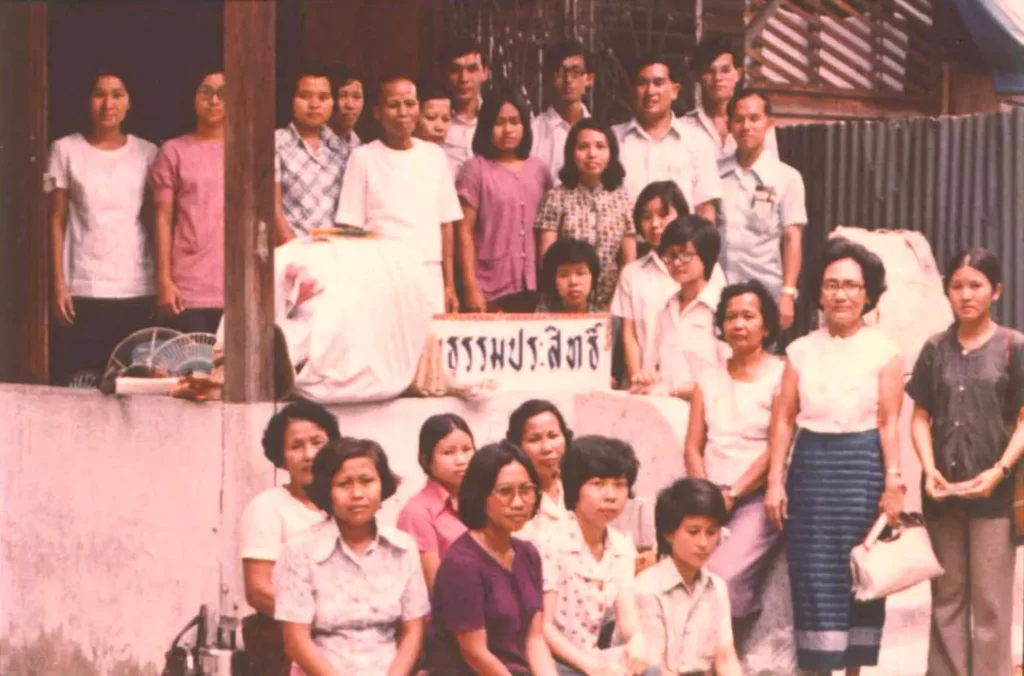
Khun Yai Chand was able to answer Chaiyaboon’s profound questions, which made him curious to find out more, through the practice of meditation. Khun Yai Chand’s supervision, Chaiyaboon attained a deeper understanding of Buddhism.
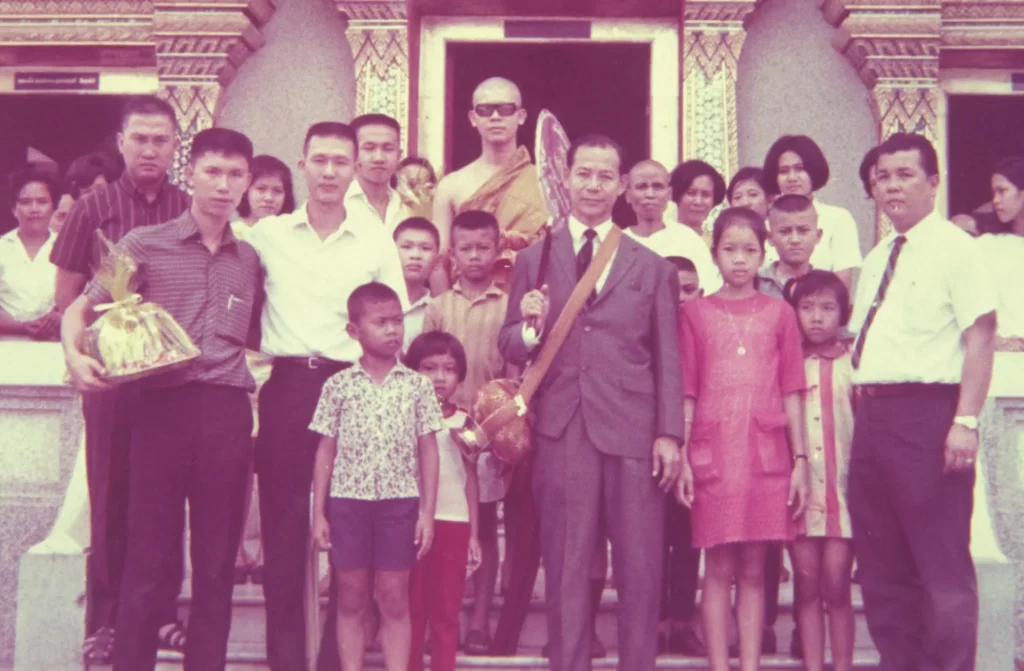
During his university years, Chaiyaboon wanted to stop his studies to ordain as a monk instead. However, Khun Yai Chand and Chaiyaboon’s father persuaded him to finish his degree, arguing that Chaiyaboon could do more benefit to society if he was both knowledgeable in mundane and spiritual matters. After his graduation from Kasetsart University with a bachelor’s degree in economics, he was ordained at Wat Paknam Bhasicharoen on August 27, 2512 B.E.(1969), and received the monastic name “Dhammajayo”, meaning ‘The victor through Dhamma’.
At his ordination, Phra (meaning ‘monk, venerable’) Dhammajayo took a vow that he would work to bring progress to Buddhism. Once ordained, he started teaching Dhammakaya meditation together with Khun Yai Chand. In the beginning, the meditation courses were carried in a small house called ‘ Dhammaprasit House’ in the Wat Paknam Bhasicharoen compound. Because of the popularity of both teachers, the house soon became overcrowded with interested students and they considered it more appropriate to start a new center by themselves.
Although initially they intended to buy a plot of land in Patum Thani, the landowner, Lady Prayad Prattayaponsa-Visudhathipbodi gave a plot four times the requested size to celebrate her birthday. Thus, in February 20, 2513 B.E.(1970) , Khun Yai Chand, Phra Dhammajayo, Phra Dattajeevo and their students moved to the 78.4 acres plot of paddy-field to found a meditation center. A book about the initiative was compiled, to inspire people to join in and help with the building of the meditation center. The site eventually became an official temple in 2520 B.E.(1977) and was later named Wat Phra Dhammakaya.
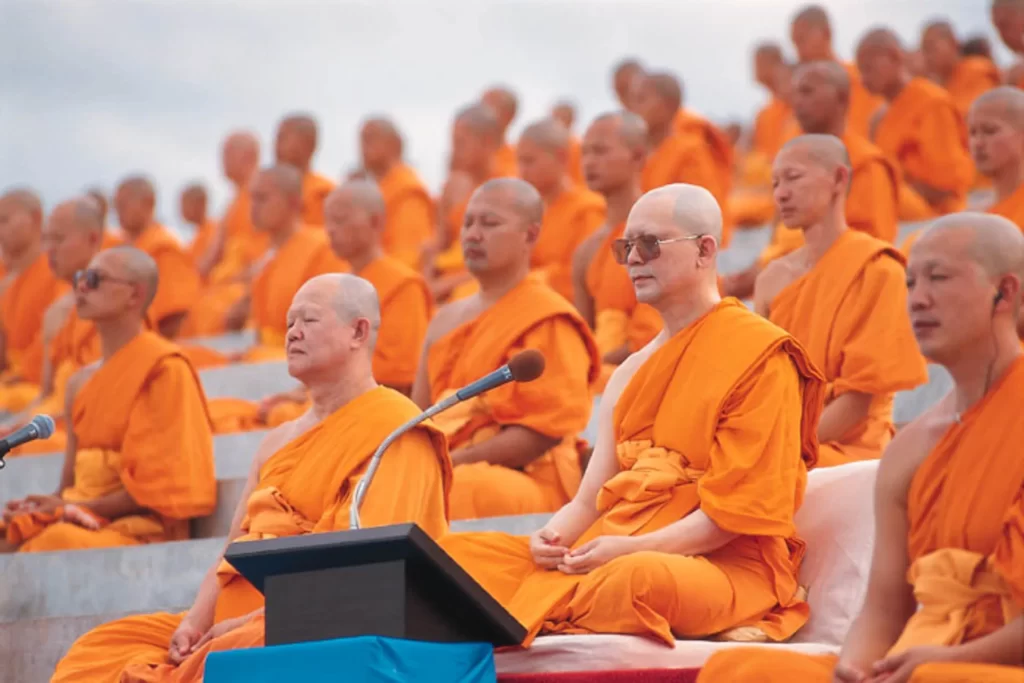
Phra Dhammajayo later became abbot of the temple and was called Luang Por (meaning ‘venerable father’) Dhammajayo from then on. In the 2000s, Luang Por Dhammajayo began a nationwide anti-smoking and drinking campaign. This project led the World Health Organization (WHO) to present him with a World No Tobacco Day award in 2547 B.E.(2004) . In 2548 B.E.(2005), over one hundred religious organizations joined the campaign and successfully stopped the listing of liquor company Thai Beverage on the Stock Exchange of Thailand, which would’ve been the biggest listing in Thai history.
In 2554 B.E.(2011) , Luang Por Dhammajayo stepped down as abbot of Wat Phra Dhammakaya, with Luang Por Dattajeevo taking over as caretaker abbot, although this was not widely known at the time. In December 2559 B.E.(2016), Luang Por Dhammajayo was given the position of honorary abbot by the Ecclesiastical Provincial Chief (governing monk of the region) of Pathum Thani.
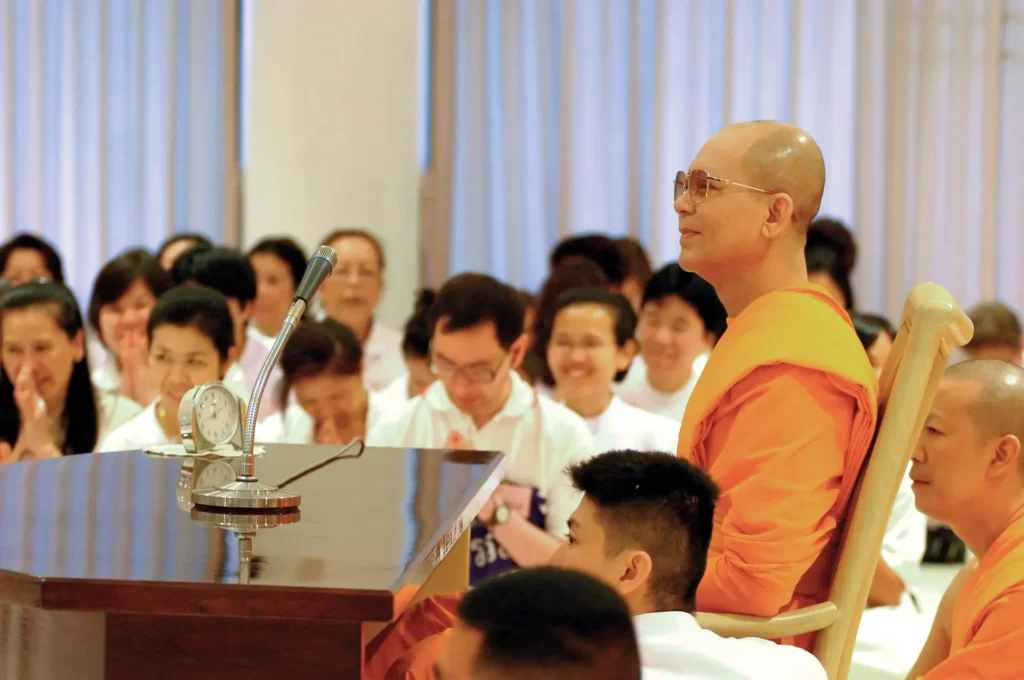
Luang Por Dhammajayo is mostly known for his teachings with regard to Dhammakaya meditation. In his approach to propagating Buddhism he has emphasized a return to a purer Buddhism, as it had been in the past. Luang Por Dhammajayo is known for his modern style of temple management and iconography. Luang Por Dhammajayo’s approach to Buddhism seeks to combine both the ascetic and meditative life, as well as modern personal ethics and social prosperity.
The temple emphasizes the usefulness of meditating in a group, and public meditations are taught to have powerful effect on the minds of the practitioners. Luang Por Dhammajayo was heavily influenced by Khun Yai Chand Khonnokyoong in his teachings. He turned the Dhammakaya meditation method “into an entire guide of living” (McDaniel)1 , emphasizing cleanliness, orderliness and quiet, as a morality by itself, and as a way to support meditation practice. Practitioners are also encouraged to keep things tidy and clean, through organized cleaning activities. A strong work ethic is promoted through these activities, in which the most menial work is seen as the most valuable and fruitful.
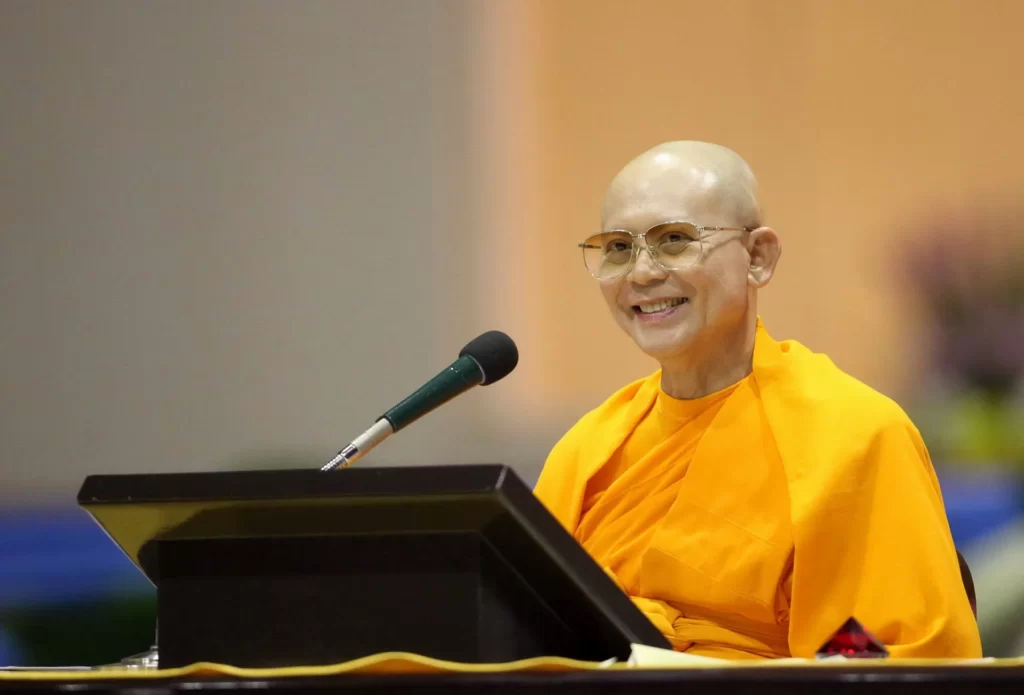
Wat Phra Dhammakaya has a vision of a future ideal society. Wat Phra Dhammakaya is known for its emphasis on meditation, especially samatha meditation (meditation aiming at tranquility of mind). Through Luang Por Dhammajayo’s teachings, Wat Phra Dhammakaya started to develop a more international approach to its teachings, teaching meditation in non-Buddhist countries as a religiously neutral technique suitable for those of all faiths, or none.
The temple emphasizes that the daily application of Buddhism will lead the practitioner and society to prosperity and happiness in this life and the next, and the temple expects a high commitment to that effect. Through meditation, fundraising activities and volunteer work, the temple emphasizes the making of merit, and explains how through the law of karma merit yields its fruits, in this world and the next. The ideal of giving as a form of building character is expressed in the temple’s culture with the words Cittam me, meaning ‘I am victorious’, referring to the overcoming of inner defilements (Pali: kilesa)
- McDaniel, Justin (2010). “Buddhists in Modern Southeast Asia”. Religion Compass. Blackwell Publishing.
The temple emphasizes that the daily application of Buddhism will lead the practitioner and society to prosperity and happiness in this life and the next, and the temple expects a high commitment to that effect.[113]:123 Through meditation, fundraising activities and volunteer work, the temple emphasizes the making of merit,[118]:7[38]:55, 92 and explains how through the law of kamma merit yields its fruits, in this world and the next.[119][7]:167 The ideal of giving as a form of building character is expressed in the temple’s culture with the words Cittam me, meaning ‘I am victorious’, referring to the overcoming of inner defilements (Pali: kilesa)
